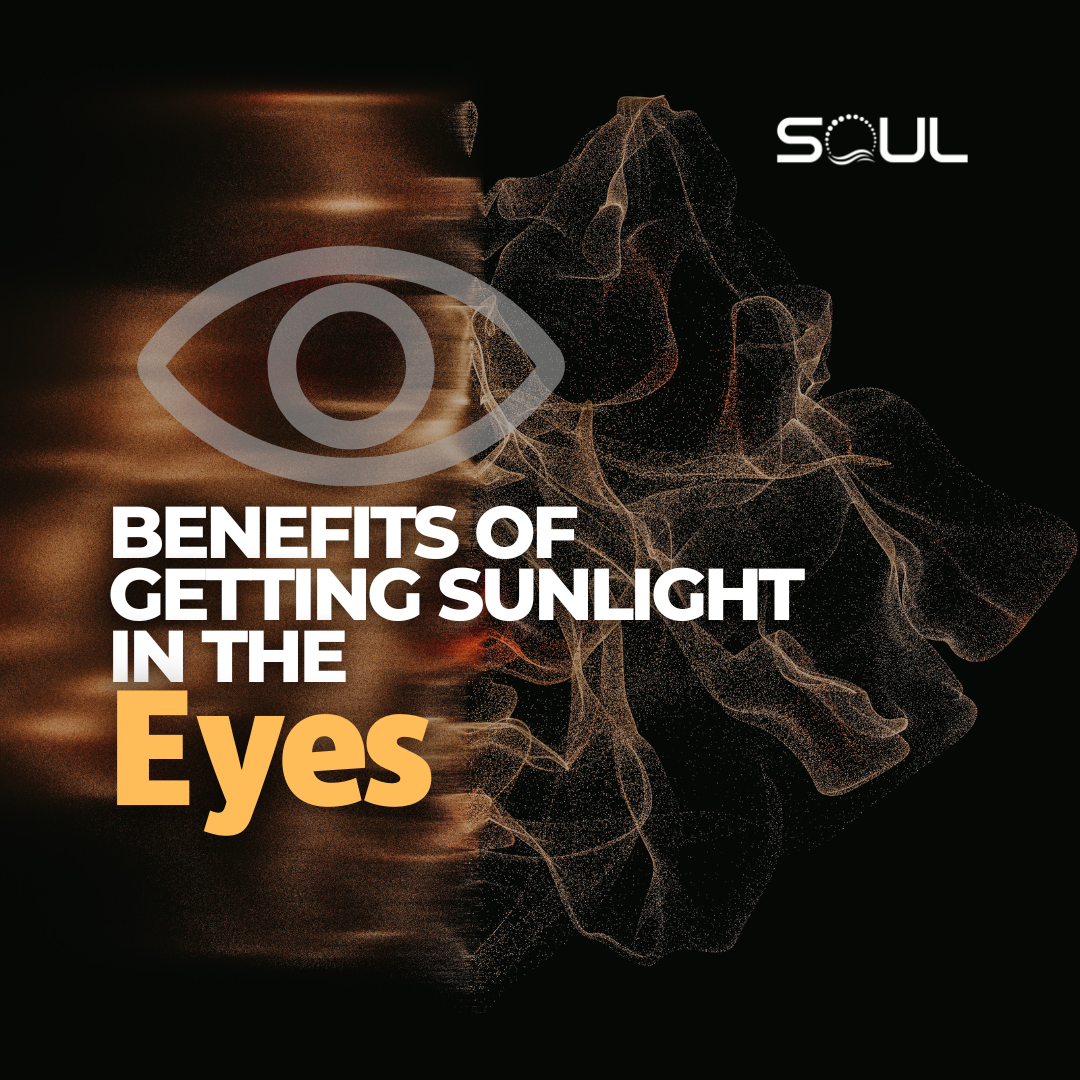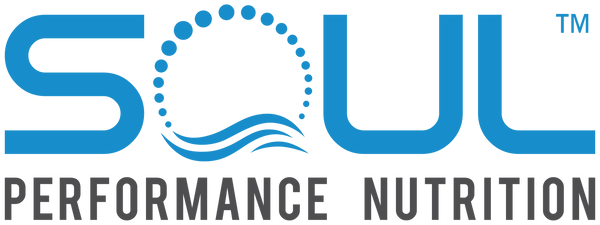
The Bright Side of Sunlight: Five Benefits of Sunlight Exposure for Your Eyes You Never Knew
We’ve all been told to shield our eyes from the blazing rays of the sun, and rightfully so. Excessive UV exposure can indeed cause harm to our eyes, leading to cataracts, macular degeneration, and more. But there’s another side to this coin that rarely makes the headlines—sunlight, in the right amount and at the right time, offers some astonishing benefits for your vision and overall well-being. Let’s look beyond the UV scare and dive into five unexpected advantages of getting a healthy dose of sunlight in your eyes.
1. Sunlight and Your Circadian Rhythm: Nature’s Timekeeper
We humans have an internal clock that thrives on rhythm—the circadian rhythm, to be precise. And like every good clock, it needs winding. Exposure to natural sunlight, especially in the morning, serves as the reset button for this clock, signaling to your body, “Wake up, it’s go time!” When those early rays hit your eyes, photoreceptor cells in the retina (called melanopsin cells) send a wake-up signal to your brain, suppressing melatonin (the sleep hormone) and kick-starting your alertness.
David Ogilvy knew the power of headlines, so let’s think of sunlight as the bold, all-caps headline that grabs your brain’s attention every morning. And this headliner is crucial—by regulating your circadian rhythm, you not only sleep better but feel more alert and productive during the day. It’s like a free, natural productivity hack, all thanks to that morning sun!
2. Boost Your Mood: Sunlight’s Connection to Serotonin
Imagine serotonin as the "happy neurotransmitter." It’s that little voice in your head that says, “Life’s not so bad, is it?” Now, here’s where the magic happens: sunlight exposure triggers serotonin production, which is closely linked to feelings of well-being and contentment. It’s no accident that seasonal affective disorder (SAD) often shows up during the sun-deprived winter months. Sunlight helps regulate melatonin, and a little mechanistic magic happens—more sunlight, more serotonin, less SAD.
Even Ogilvy would agree: a good ad copy promises a solution. Here, sunlight promises a free mood boost. It’s Mother Nature’s mood board, and all you need to do is step outside.
3. Improved Vision: Melanin to the Rescue
When the word "melanin" pops up, you might instinctively think of skin pigmentation. But this little pigment does a lot more. Sunlight exposure stimulates melanin production in your retina. Now, think of melanin as your eye’s natural sunglass lenses. It not only protects but fortifies, and research hints at a fascinating relationship between sunlight and a reduced risk of age-related macular degeneration (AMD). It’s a classic case of a little stress (in this case, sunlight) leading to a stronger response.
It’s almost poetic: the very thing we shield our eyes from might be what keeps them healthy and strong in the long run. Ogilvy would probably call it “the ultimate counter-intuitive benefit.”
4. Vitamin D Production: A Dose of Sunlit Health
The importance of vitamin D isn’t new, but the connection to sunlight is worth reiterating. Sunlight exposure to your skin activates vitamin D synthesis, which is critical for bone health, immune function, and more. Here’s where it gets interesting: without enough vitamin D, a cascade of problems can arise—think osteoporosis, immune dysfunction, and a whole host of chronic issues. And while dietary sources of vitamin D are limited, sunlight is abundant (and free).
Ogilvy taught us that a good product solves a problem, and here sunlight solves a massive problem—vitamin D deficiency—without even trying. How’s that for natural marketing?
5. Myopia Prevention: An Outdoor Solution
It’s ironic, really. As cities grow denser and technology drives us indoors, myopia (nearsightedness) rates are skyrocketing. Yet research suggests that more time outdoors under natural light may curb this trend. The reason? Sunlight exposure triggers the release of dopamine in the retina, which helps slow the elongation of the eye—a key factor in preventing myopia.
In essence, it’s a case of "eyes over iPads." The more time kids spend playing outside instead of staring at screens, the less likely they are to develop nearsightedness. A simple solution to a modern problem, all courtesy of the sun.
The Fine Print: Sunlight, in Moderation
Of course, every great campaign needs a disclaimer. While sunlight exposure brings these benefits, excessive UV exposure can be harmful. Think of it as the balance between headline and body copy—one captures attention, the other clarifies. Just as Ogilvy wouldn’t promise a miracle without fine print, we shouldn’t forget to shield our eyes with sunglasses offering UV protection during peak hours. Moderation is key.
The Takeaway: The Right Dose of Sunlight
In conclusion, while we must protect our eyes from excessive UV exposure, getting a dose of natural sunlight in our eyes comes with a surprising list of benefits. From regulating our sleep-wake cycles to boosting mood, improving vision, producing vitamin D, and even reducing myopia risk—sunlight is more than just a ball of fire in the sky. It’s a natural powerhouse, offering benefits far beyond what’s on the label.
So next time you’re out, don’t rush to hide behind those shades. Soak in a little of that natural light—and let your body’s internal mechanics work their magic. After all, good health, like good advertising, is all about finding the perfect balance.
These statements have not been evaluated by the Food and Drug Administration. This product is not intended to diagnose, treat, cure or prevent any disease. This article is for informational purposes only and is not a substitute for professional medical advice. Always consult your healthcare provider regarding any health concerns or before starting new supplements.
